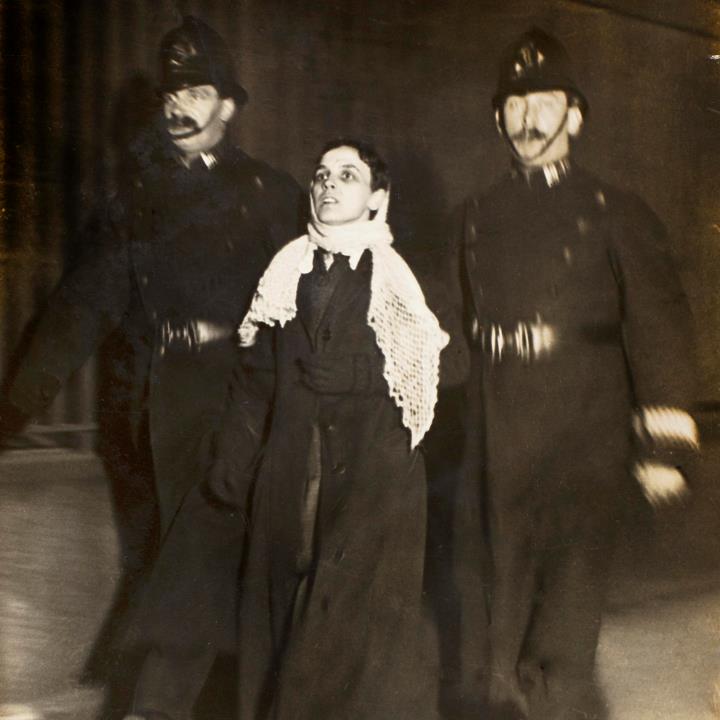
Politics and Law
At the beginning of the nineteenth century, the one acknowledged right of every woman was to be passed safely from the care and control of her father to that of her husband. At that point, as Blackstone explained in his Commentaries on the Laws of England, her ‘very being or legal existence’ was suspended, and ‘incorporated or consolidated’ into the identity of her husband. Under the common law principle of coverture, a married woman surrendered her property, her children, and her body, to ‘her husband, her baron, or lord’. In the eyes of the law, husband and wife were one person, and that person was the man. With no separate legal identity, women had no route to political independence.
From around the 1830s, the women’s movement succeeded in limiting the effects of coverture, but was unable to abolish the principle. A series of campaigns brought reform to the laws governing the custody of children, married women’s property rights, divorce, separation agreements, the regulation of prostitution, and the power of the courts to enforce a husband’s ‘conjugal rights’. The most important advance, in political terms, was the Married Women’s Property Act of 1882, which in equalising the property rights of single and married women challenged the claim that female suffrage would simply give a second vote to every husband, but even the 1882 Act was so framed as to leave the legal fiction of spousal identity in place.
But if women were debarred from political power, they were not politically inactive. The organisational skills they had developed in philanthropic work could equally be used to campaign against slavery, for the repeal of the Corn Laws, or in support of Chartism, and in the second half of the century they deployed the same energies in demanding the suffrage. They proposed three main arguments: it was the right and duty of men and women alike to play their full part as citizens, just as men and women alike were accountable before God; women needed the vote to protect themselves before the law, and at work; and society would be enriched by their unique contribution as ‘mothers of the race’. In May 1867 John Stuart Mill argued in the Commons that the term ‘man’ in the Reform Bill of that year should be replaced by the gender-neutral term ‘person’. The amendment was lost by 196 votes to 73, but his speech moved the issue nearer the centre of public debate. Prompted by the National Society for Women’s Suffrage, suffrage bills were introduced annually in Parliament from 1871 to 1883 (losing in the latter year by only 16 votes). Party politics proved a stumbling block: Liberal politicians were mostly in favour (Gladstone was the striking exception), but feared the woman’s vote would go to the Tories; Conservatives, in the main, were opposed.
For a time the issue stalled, with opposition strengthened in 1889 by Mrs Humphrey Ward’s Appeal Against Female Suffrage, signed by 104 women. It required the formation of Emmeline Pankhurst’s Women’s Social and Political Union in 1903, and then the immense social and economic changes brought about by the Great war, to prepare the ground for the Representation of the People Act of 1918, which enfranchised women over 30, subject to a property qualification; full electoral equality between men and women came ten years later, with the Representation of the People (Equal Franchise) Act of 1928.
This section includes important collections of source material across the range of the nineteenth-century women’s movement and its engagement in public life and protest, including a pioneering volume by Patricia Hollis and material from Barbara Leigh Smith Bodichon and the Langham Place Group, and key writings from the women’s suffrage campaign. It also includes significant scholarly studies on Victorian prostitution and social reform, on the opposition to women’s suffrage, on feminism and legal theory, and on the wider European and American dimensions to women’s pursuit of legal and political equality.